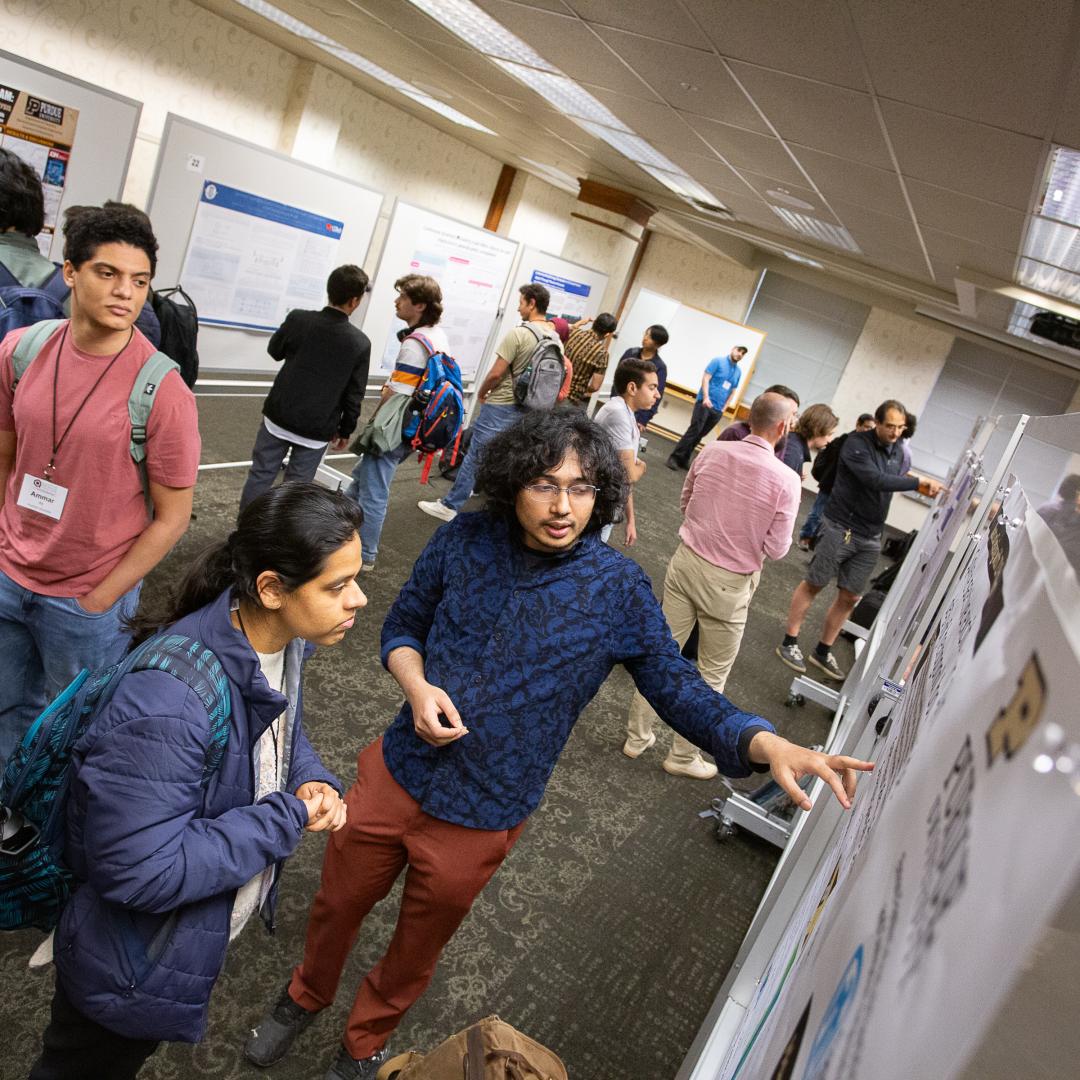Filter News
Area of Research
- (-) National Security (3)
- (-) Nuclear Science and Technology (17)
- Advanced Manufacturing (1)
- Biology and Environment (22)
- Biology and Soft Matter (1)
- Clean Energy (39)
- Electricity and Smart Grid (1)
- Functional Materials for Energy (1)
- Fusion and Fission (8)
- Fusion Energy (7)
- Isotopes (24)
- Materials (24)
- Materials for Computing (2)
- Neutron Science (3)
- Nuclear Systems Modeling, Simulation and Validation (1)
- Supercomputing (7)
- Transportation Systems (1)
News Topics
- (-) Advanced Reactors (12)
- (-) Decarbonization (3)
- (-) Isotopes (5)
- 3-D Printing/Advanced Manufacturing (6)
- Artificial Intelligence (12)
- Big Data (6)
- Bioenergy (4)
- Biology (5)
- Biomedical (4)
- Biotechnology (1)
- Buildings (1)
- Chemical Sciences (2)
- Climate Change (5)
- Computer Science (21)
- Coronavirus (3)
- Cybersecurity (19)
- Energy Storage (2)
- Environment (6)
- Exascale Computing (1)
- Frontier (1)
- Fusion (9)
- Grid (6)
- High-Performance Computing (4)
- Machine Learning (12)
- Materials (2)
- Materials Science (6)
- Molten Salt (4)
- Nanotechnology (1)
- National Security (34)
- Neutron Science (9)
- Nuclear Energy (40)
- Partnerships (4)
- Physics (3)
- Quantum Science (1)
- Security (11)
- Simulation (1)
- Space Exploration (5)
- Summit (2)
- Sustainable Energy (4)
- Transformational Challenge Reactor (3)
- Transportation (2)
Media Contacts
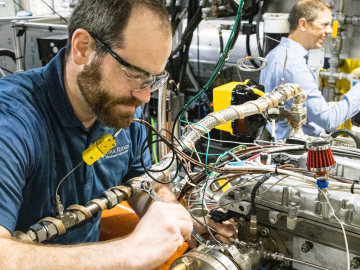
ORNL, the Department of Energy’s largest multidisciplinary laboratory, and Fairbanks Morse Defense, a portfolio company of Arcline Investment Management, have entered into a Memorandum of Understanding to collaborate on the development and integration of alternative fuel technologies aimed at reducing the marine engine’s reliance on fossil fuels.
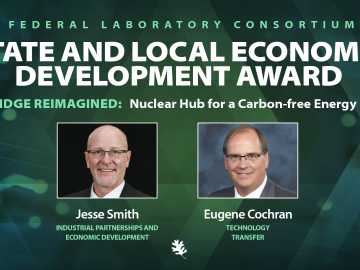
A partnership of ORNL, the Tennessee Department of Economic and Community Development, the Community Reuse Organization of East Tennessee and TVA that aims to attract nuclear energy-related firms to Oak Ridge has been recognized with a state and local economic development award from the Federal Laboratory Consortium.

Tackling the climate crisis and achieving an equitable clean energy future are among the biggest challenges of our time.
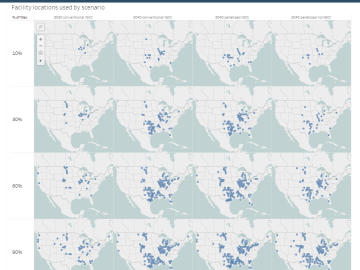
The combination of bioenergy with carbon capture and storage could cost-effectively sequester hundreds of millions of metric tons per year of carbon dioxide in the United States, making it a competitive solution for carbon management, according to a new analysis by ORNL scientists.

Radioactive isotopes power some of NASA’s best-known spacecraft. But predicting how radiation emitted from these isotopes might affect nearby materials is tricky

A developing method to gauge the occurrence of a nuclear reactor anomaly has the potential to save millions of dollars.

As CASL ends and transitions to VERA Users Group, ORNL looks at the history of the program and its impact on the nuclear industry.
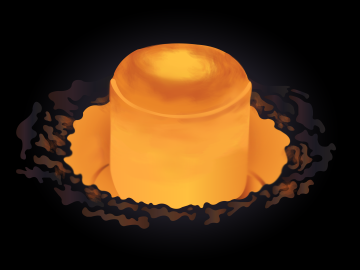
After its long journey to Mars beginning this summer, NASA’s Perseverance rover will be powered across the planet’s surface in part by plutonium produced at the Department of Energy’s Oak Ridge National Laboratory.
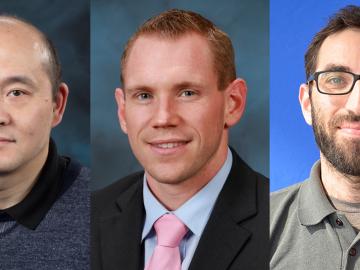
The Department of Energy’s Office of Science has selected three Oak Ridge National Laboratory scientists for Early Career Research Program awards.

Oak Ridge National Laboratory researchers have discovered a better way to separate actinium-227, a rare isotope essential for an FDA-approved cancer treatment.



